
Waders
Oyster Catcher
The Oyster Catcher is a striking black and white bird with a distinctive long orange beak and red eyes. Commonly found along the rocky shores and estuaries of Ireland, they feed on shellfish, crabs and worms.

Description:
The Oyster Catcher is a stunning bird species found in Ireland, with distinctive black and white plumage, along with a bright orange-red bill and pink legs. Their black feathers are mainly seen on their back and wings, while the crown and breast exhibit a white coloration. The prominent orange-red bill is strong and robust, and used to pry open shellfish like oysters, which is where the bird gets its name.
What they eat:
Oyster Catchers feed mainly on shellfish during the breeding season, especially oysters, mussels, and limpets, which they pry open with their sharp bill. They are also known to feed on crustaceans, small fish, and insects, and during winter, they eat a variety of invertebrates and worms.
Habitat:
Oyster Catchers are migratory birds that breed in coastal regions with rocky shores, mudflats, and shingle beaches, often near estuaries and tidal lagoons. During the winter, they can also be found in freshwater habitats such as wetlands, upland streams, and rivers.
Size and wingspan:
The Oyster Catcher is a medium-sized bird that stands between 40-44cm tall and has a wingspan of 80-90cm.
Male vs. female difference:
Male and female Oyster Catchers look similar in appearance, with males slightly larger than females.
Where to find:
In Ireland, Oyster Catchers are commonly found along the coasts and estuaries, in areas like the Wexford Slobs, Dublin Bay, and Galway Bay, as well as inland waterways such as the River Shannon.
What months can be found in Ireland:
Oyster Catchers can be seen in Ireland year-round, but the best time to spot them is between March and August, which is their breeding season.
Interesting note:
The Oyster Catcher plays an important ecological role, as they are considered a keystone species in the intertidal ecosystem. They feed on the invasive Pacific oyster and help control their population, which benefits the native species that share the same habitat. As a result, researchers suggest that increasing Oyster Catcher populations can help limit the negative impacts of invasive species on the native ecosystem.
Other Birds of Ireland...
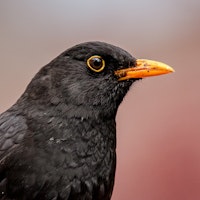
Blackbird
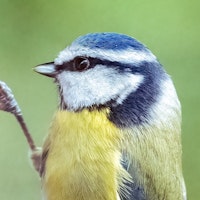
Blue Tit
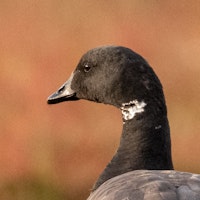
Brent Goose
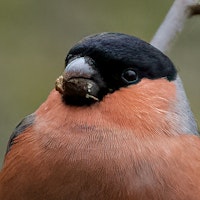
Bullfinch
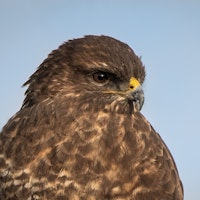
Buzzard

Chaffinch
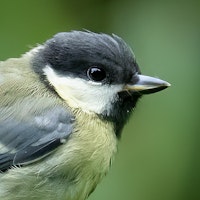
Coal Tit
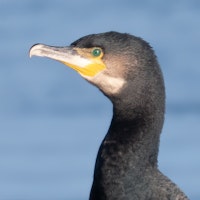
Cormorant
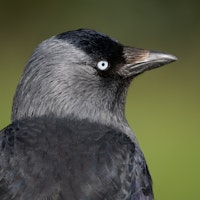
Crow
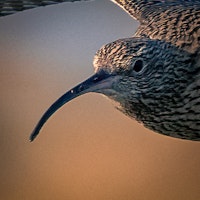
Curlew
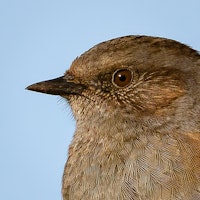
Dunnock
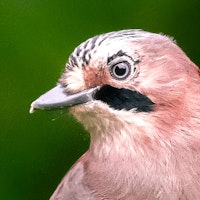
Eurasian Jay
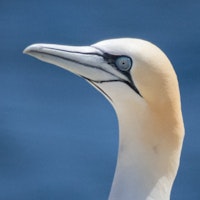
Gannet
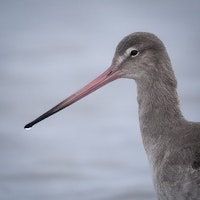
Godwit
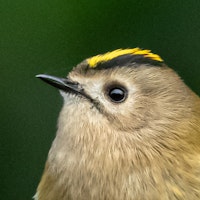
Goldcrest
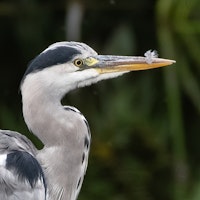
Grey Heron
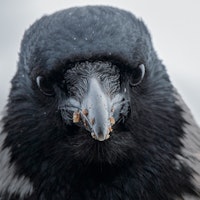
Hooded Crow
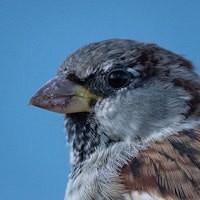
House Sparrow
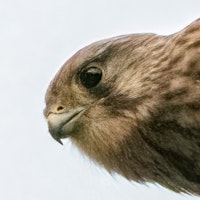
Kestrel
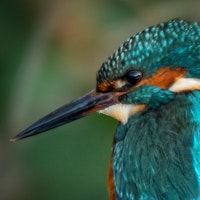
Kingfisher

Lapwing

Little Egret

Long Eared Owl

Long-tailed Tit

Mallard Duck

Merlin

Moorhen

Mute Swan

Oyster Catcher

Peregrine Falcon

Pied Wagtail

Pintail

Puffin

Red Kite

Redshank

Robin

Rook

Sanderling
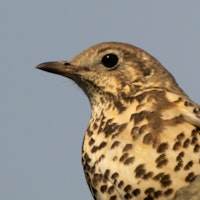
Song Thrush

Sparrowhawk

Starling

Stonechat

Swallow

Tree Creeper

Wren
More pages currently being produced...
Please connect to get updated when new pages are published
